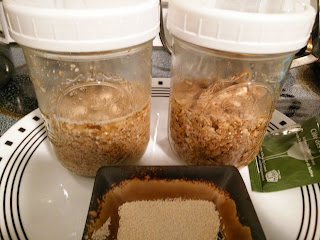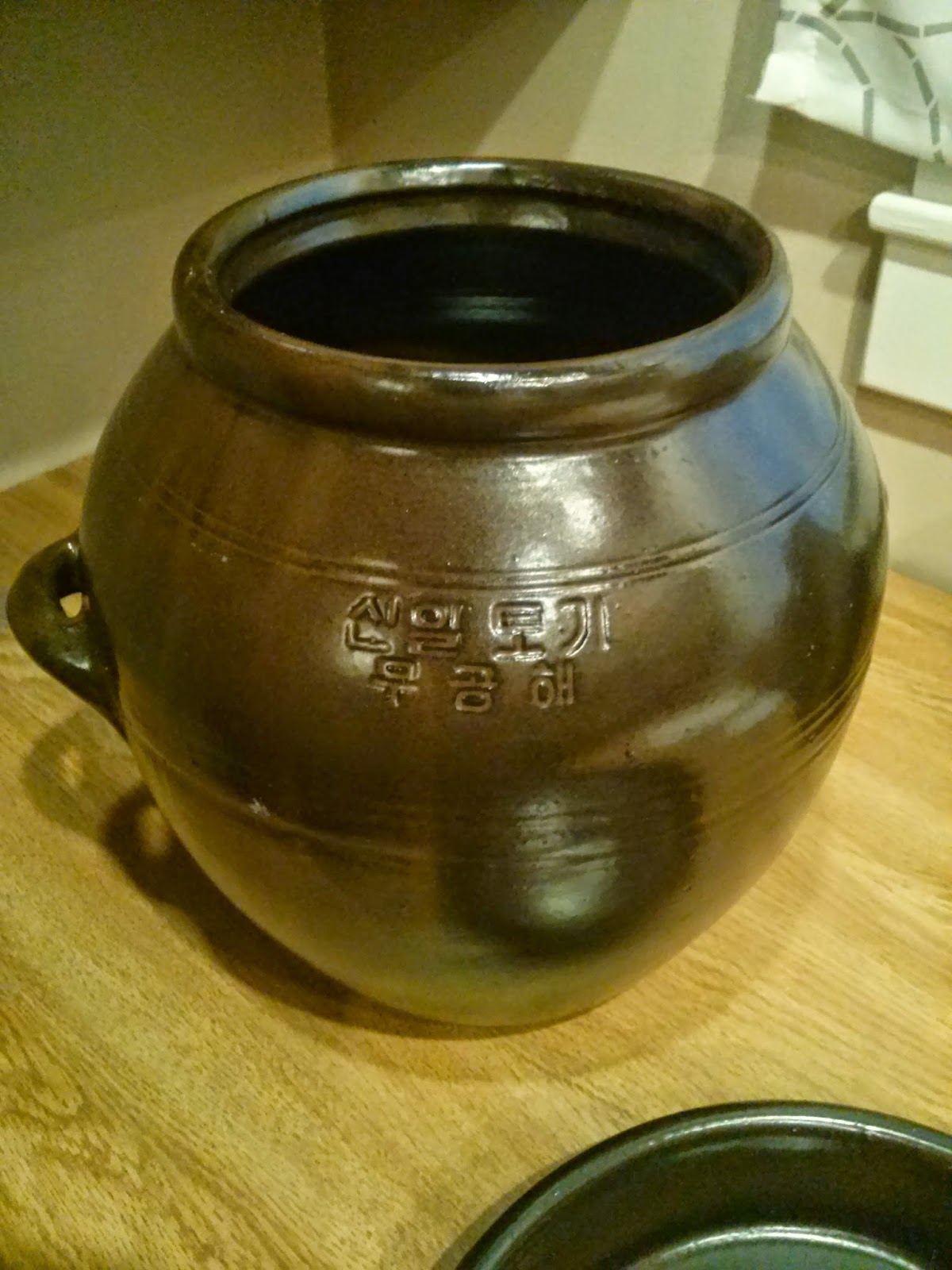Lexicon: Makgeolli & Soju
Korean brewing has its own terminology to describe things specific to the craft. This series of posts, titled "Lexicon", aims to de-mystify this esoteric range of vocabulary, which can be a hurdle for those new to Korean traditional alcohol.
Today we are discussing makgeollli and soju.
These are the most widely consumed Korean alcoholic beverages, in my opinion, so let's learn a little more about them.
Makgeolli 막걸리
Makgeolli is a cloudy rice wine, sometimes called a "farmer's drink", dong-dong ju, tak-ju, and maybe a few others. It is traditionally made by diluting the leftover lees or sediment from the brewing of clear, or filtered rice wine. The clear wine was typically reserved for the higher social classes, while makgeolli was left for commoners. The clear wine is called Cheongju.
Makgeolli can take on many flavors and variations, which you may know if you're a reader of this blog. The archetypal makgeolli is made with rice, nuruk, and a sweetener. It can also include other grains like wheat, and sometimes preservative additives.
Makgeolli ranges from 4% to 7% alcohol by volume (ABV), and is often paired with scallion pancakes or pajeon.
Makgeolli can take on many flavors and variations, which you may know if you're a reader of this blog. The archetypal makgeolli is made with rice, nuruk, and a sweetener. It can also include other grains like wheat, and sometimes preservative additives.
Makgeolli ranges from 4% to 7% alcohol by volume (ABV), and is often paired with scallion pancakes or pajeon.
Soju 소주
Soju is a clear spirit, traditionally distilled from a rice or sweet potato based fermentation. It typically has a sweet taste and a mild alcohol punch. It can be infused with other ingredients, such as fruit and herbs, to achieve a flavored soju.
Modern soju is heavily consumed in South Korea, and has an ABV of around 20%. Recently brands have tried to reduce the ABV slightly to appeal to a wider consumer base. It is one of few products that may still contain saccharine as a taste additive.
Craft soju is also available to consumers, with a higher ABV and a dedication to better ingredients than mass-produced soju. In the USA there are two brands, Tokki and YOBO. Tokki uses a rice based fermentation, while YOBO uses grapes. Both are 23% ABV.
While the name of soju is similar to the Japanese sho-chu, these are different products.
Modern soju is heavily consumed in South Korea, and has an ABV of around 20%. Recently brands have tried to reduce the ABV slightly to appeal to a wider consumer base. It is one of few products that may still contain saccharine as a taste additive.
Craft soju is also available to consumers, with a higher ABV and a dedication to better ingredients than mass-produced soju. In the USA there are two brands, Tokki and YOBO. Tokki uses a rice based fermentation, while YOBO uses grapes. Both are 23% ABV.
While the name of soju is similar to the Japanese sho-chu, these are different products.



Thank you. TX
ReplyDelete